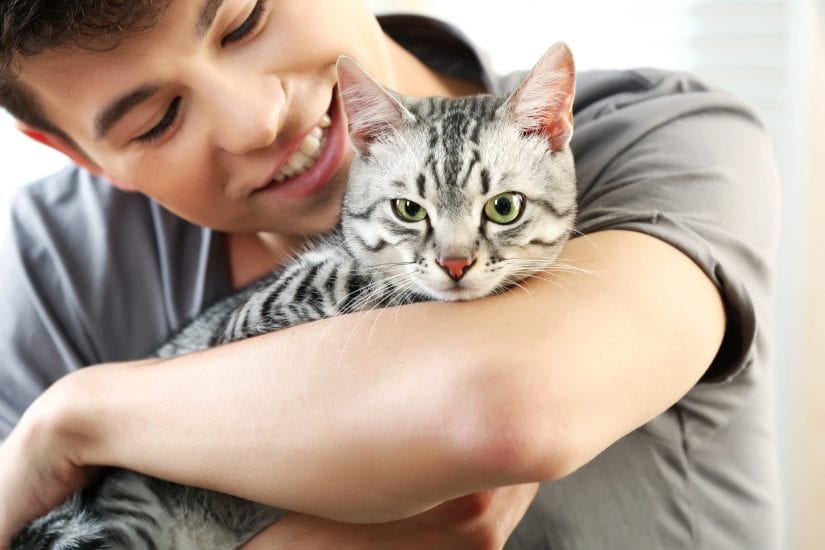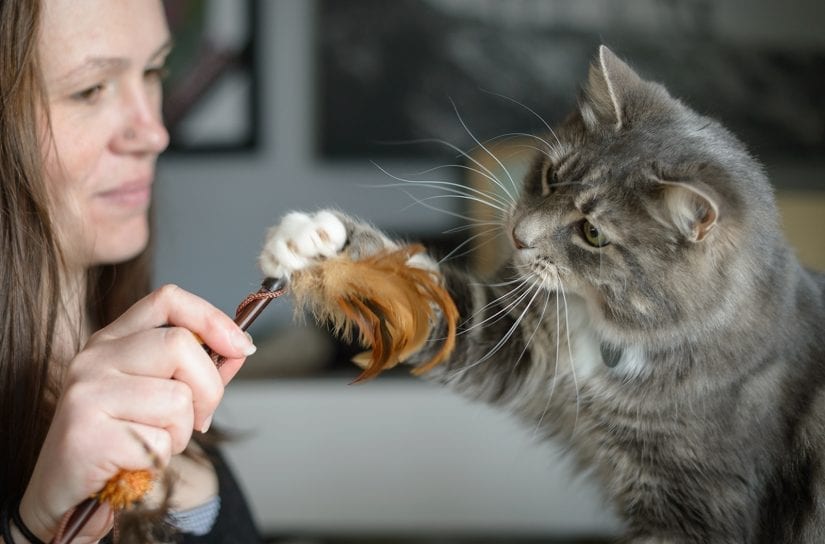Pet care & behaviour
“Spaying” and “neutering” are surgical procedures used to prevent pets from reproducing. In a female animal, “spaying” consists of removing the ovaries or uterus and ovaries. The technical term is ovariectomy or ovariohysterectomy. For a male animal, “neutering” involves the removal of the testicles, and this is known as castration.
In addition to preventing unwanted offspring, spaying or neutering has many health and behavioural benefits to the animal.

Most unintentional litters (particularly with cats) occur because guardians waited too long to have the surgery done. The usual recommendation is before six months of age for cats, and before six and a half months for dogs. Consult your veterinarian to determine the best time for your pet. Female cats and dogs do not have to have a litter before being fixed.

The BC SPCA supports early age spay/neuter procedures for dogs and cats. Pediatric sterilization prevents excess litters by ensuring animals are sterilized before adoption. This helps combat pet overpopulation and euthanasia of unwanted animals. All major professional, academic, and animal welfare organizations in North America support pediatric spay/neuter for shelter animals.
The BC SPCA will continue to promote other methods of combating pet overpopulation, including education and public awareness campaigns, non-surgical methods of sterilization, traditional spay/neuter initiatives and behaviour training.
The BC SPCA believes pediatric spay/neuter to be appropriate with the following qualifications:
- The procedure takes place between 8 and 16 weeks of age
- The animal is judged to be clinically normal and healthy prior to surgery
- Proper surgical protocols specific to these young animals are employed
- Post-surgery complications receive special attention

